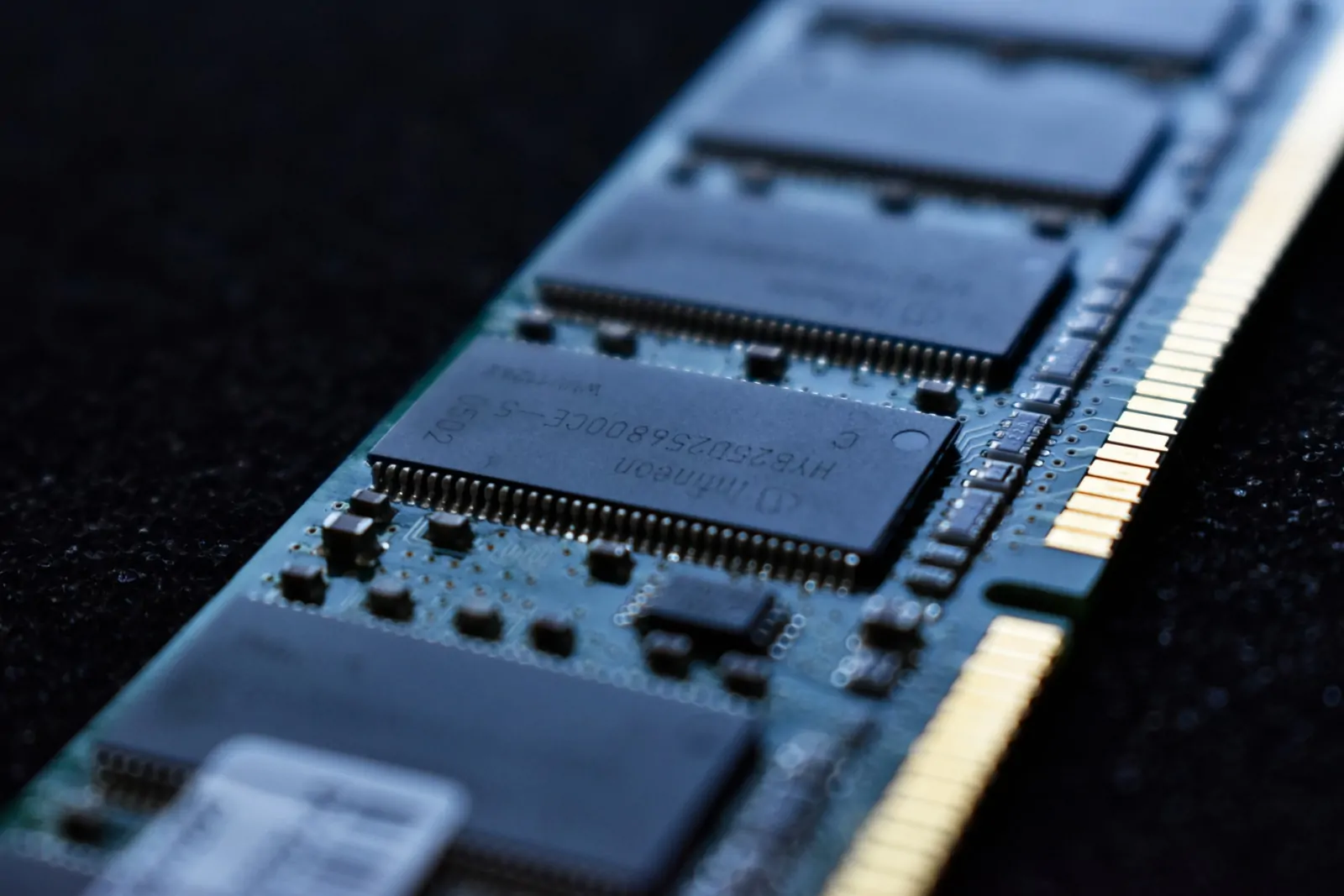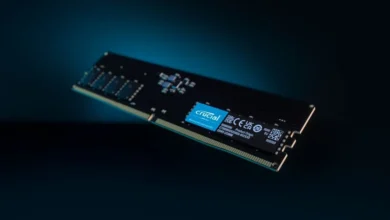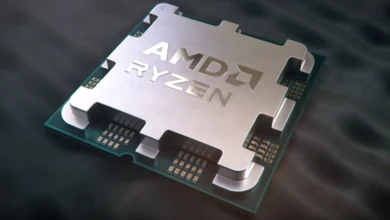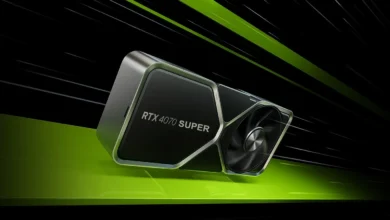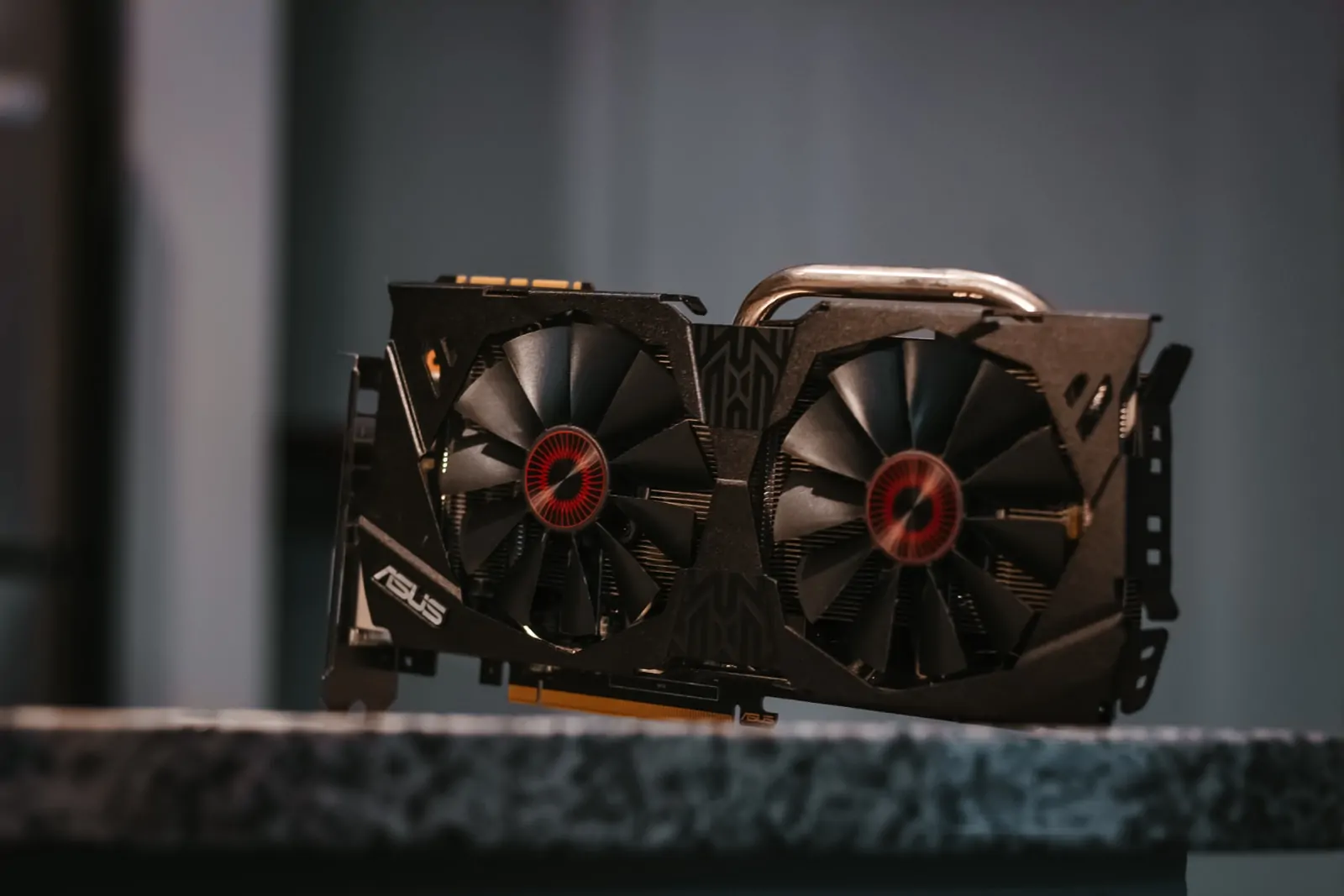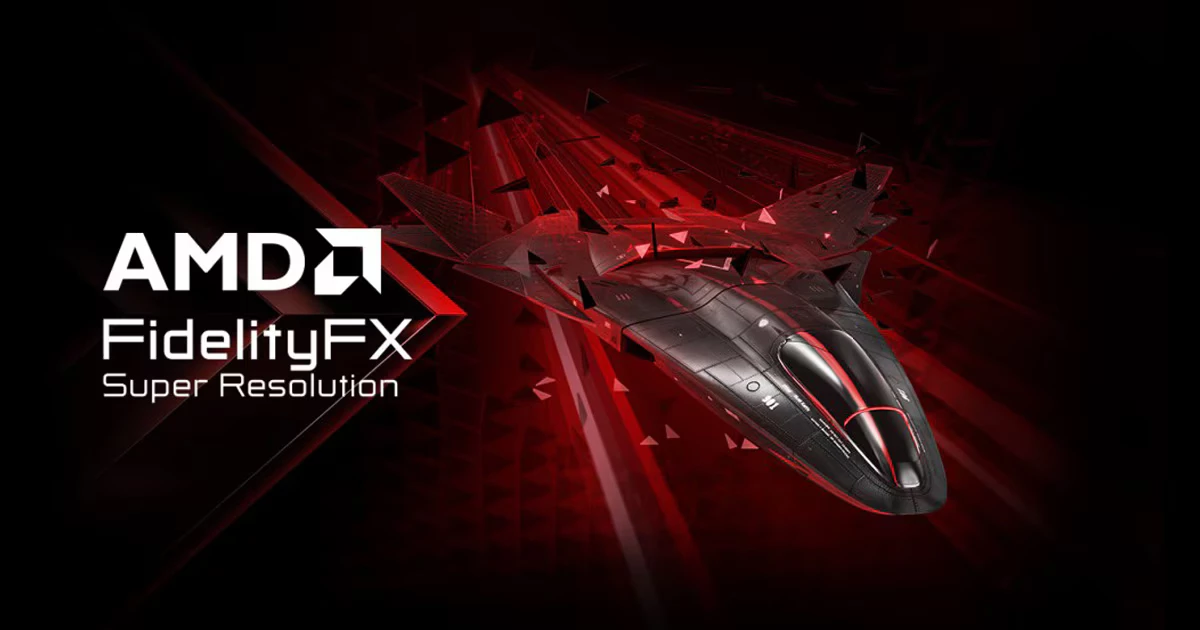
AMD has revealed that it’s team is already working on FSR 4 from 9 to 12 months and the newest version of FSR is going to be completely AI-based.
Upscaling and frame generation has become among the most important performance improving feature in games that have released in recent times. While Nvidia introduced a hardware locked solution with DLSS, AMD replied with an open, hardware-agnostic solution with FSR.
Throughout the years, both DLSS and FSR have seen some important improvements. Both DLSS 2 and FSR 2 saw complete change in how they worked and provided massive improvements in upscaling quality. Whereas both DLSS 3 and FSR 3 introduced us to the world of frame generation – something that doubled the FPS by inserting frames in between two frames.
The problem with frame-generation, however, is that it introduces some latency or lag. To answer this issue, Nvidia came up with Nvidia Reflex. AMD made its own solution called AMD Anti-Lag 2, which it incorporates in FSR 3.1.
Now, we would be wondering what next. Looks like we have got some answers.
AMD Already Developing FSR 4
Tom’s Hardware managed to speak to AMD’s Jack Huynh about the successor to FSR 3, the FSR 4. The biggest surprise was that not only AMD is working on FSR 4 from 9 to 12 months, but that FSR 4 is going to be completely AI-based.
Not only that, it seems FSR 4 will focus more on battery efficiency improvements targeting the handhelds than performance. Quoting AMD:
On the handheld side, my number one priority is battery life. If you look at the ASUS ROG Ally or the Lenovo Legion Go, it’s just that the battery life is not there. I need multiple hours. I need to play a Wukong for three hours, not 60 minutes. This is where frame generation and interpolation [come in], so this is the FSR4 that we’re adding.
Because FSR2 and FSR3 were analytical based generation. It was filter based. Now, we did that because we wanted something with a very fast time to market. What I told the team was, “Guys, that’s not where the future is going.” So we completely pivoted the team about 9-12 months ago to go AI based.
So now we’re going AI-based frame generation, frame interpolation, and the idea is increased efficiency to maximize battery life. And then we could lock the frames per second, maybe it’s 30 frames per second, or 35. My number one goal right now is to maximize battery life. I think that’s the biggest complaint. I read the returns too from the retailer, where people want to be able to play these games.
Conclusion
The report speculates whether FSR 4 will be just for handled gaming consoles, or will it come to desktops too. Or whether it will require NPUs that aren’t commonly found in desktop CPUs yet. But Tom’s Hardware did reach out to AMD for clarification and AMD is yet to reply. Knowing AMD, they are likely to design it in a such a way that it works on as many hardware solutions as possible.
Now, when will AMD actually release FSR 4. That’s to be seen. But as it’s in development since 9 to 12 months, expect it to be released soon. Not to forget, Nvidia could be working on it’s DLSS 4 too.
